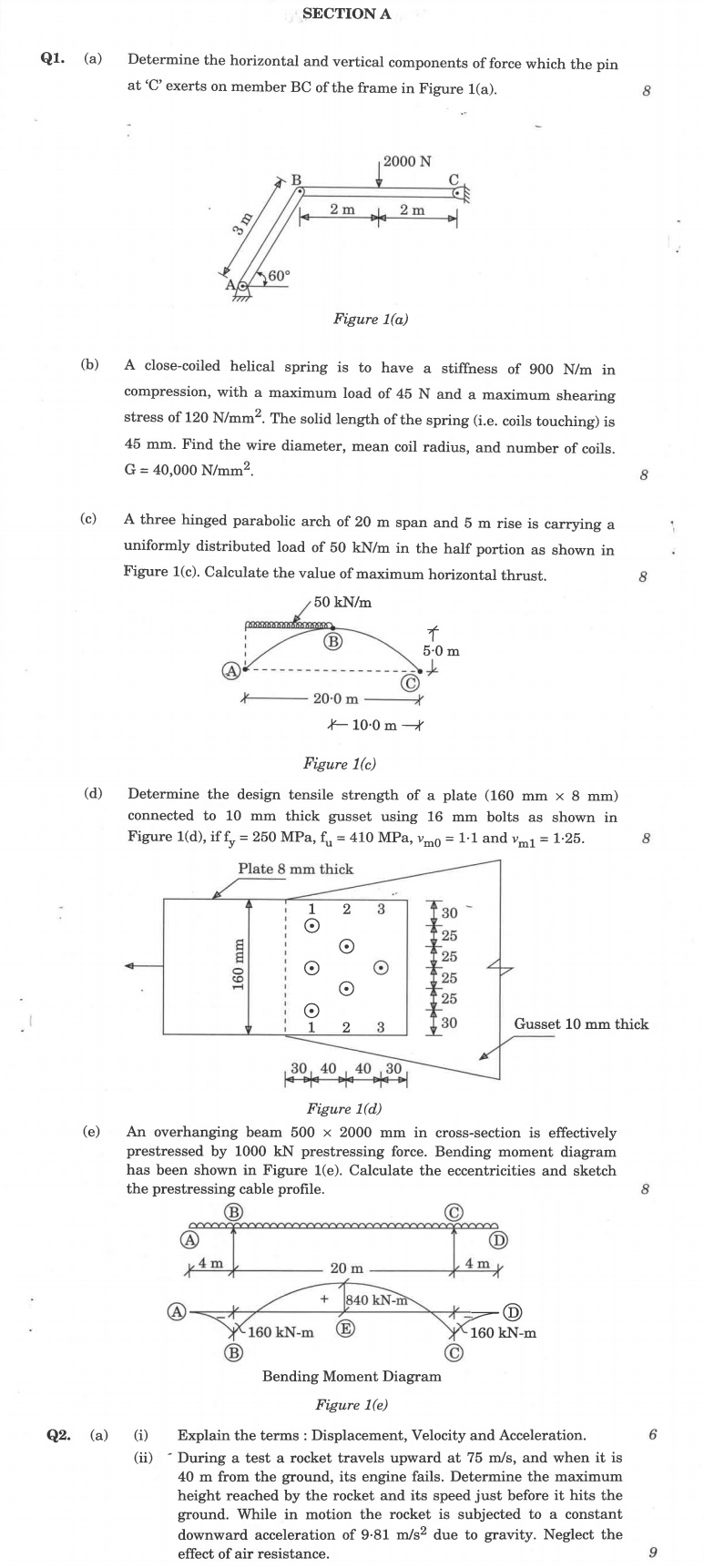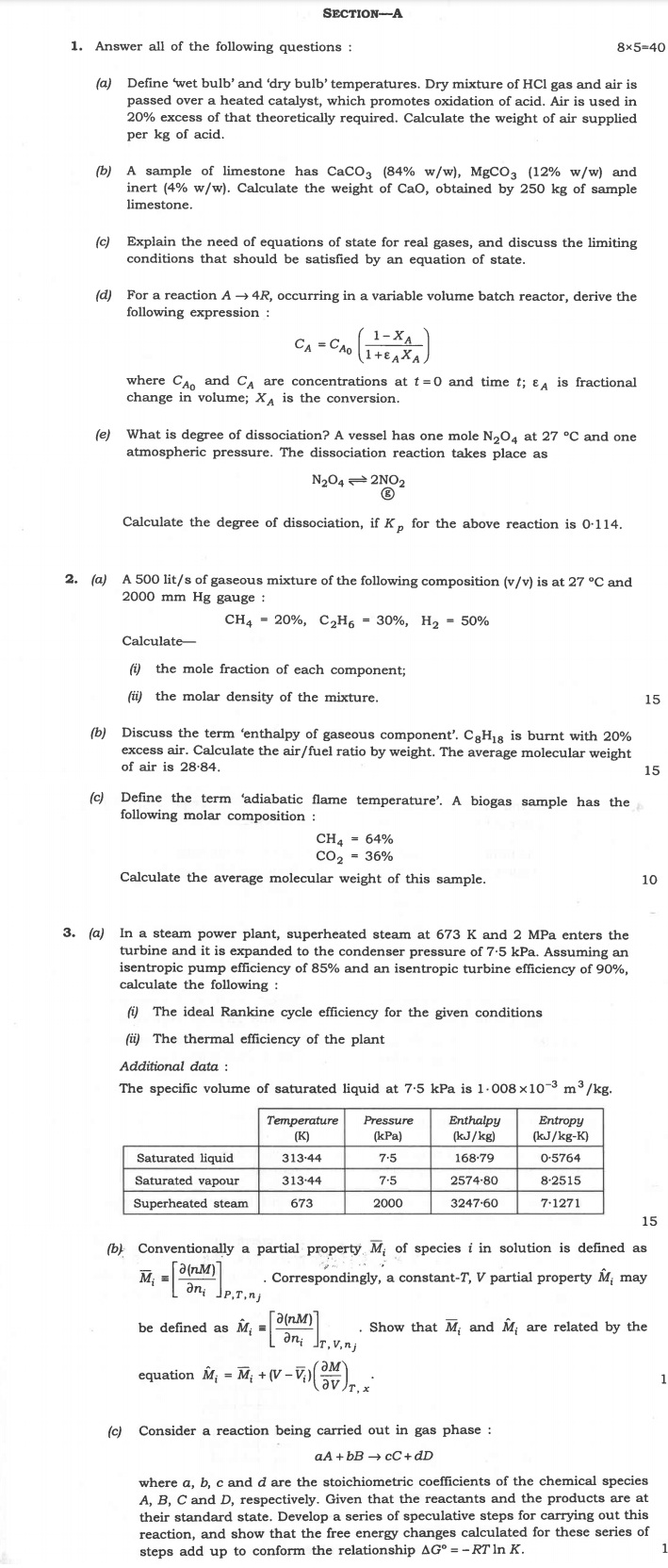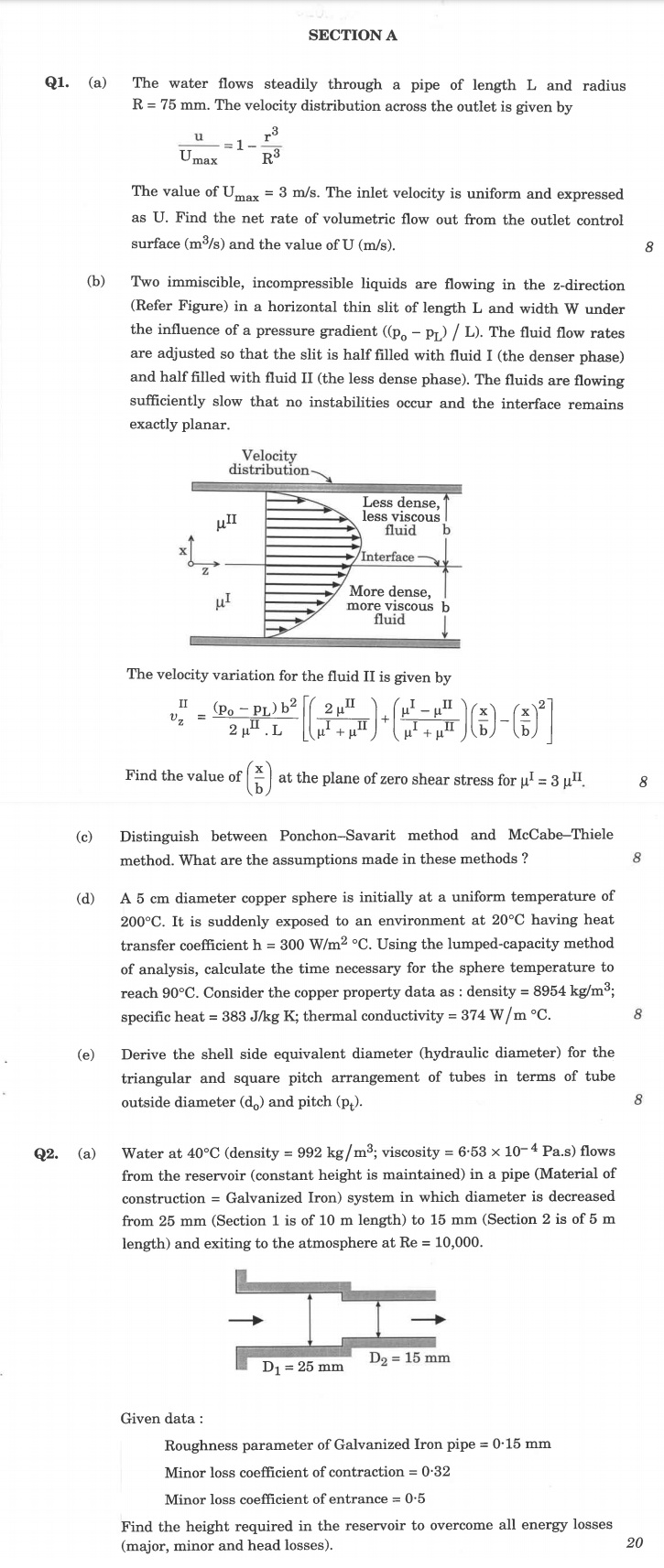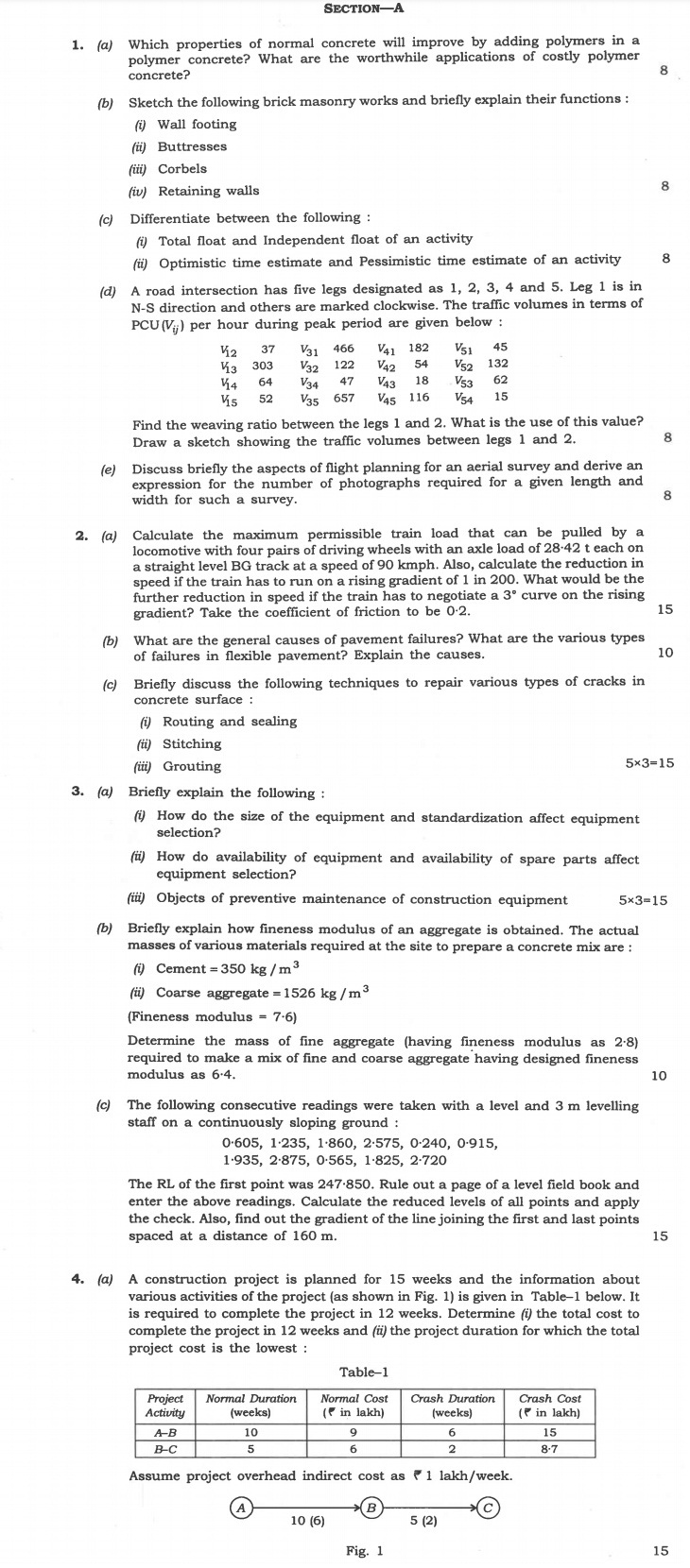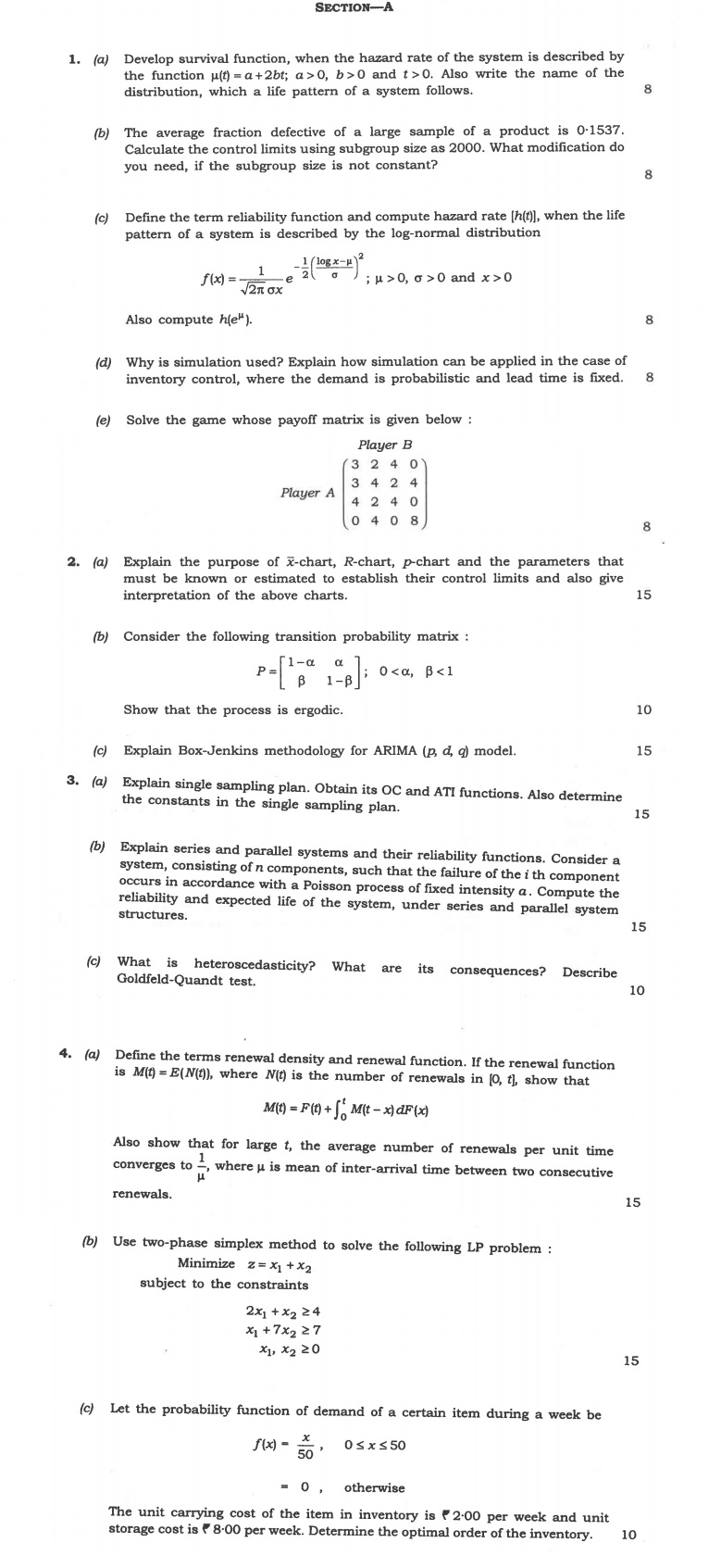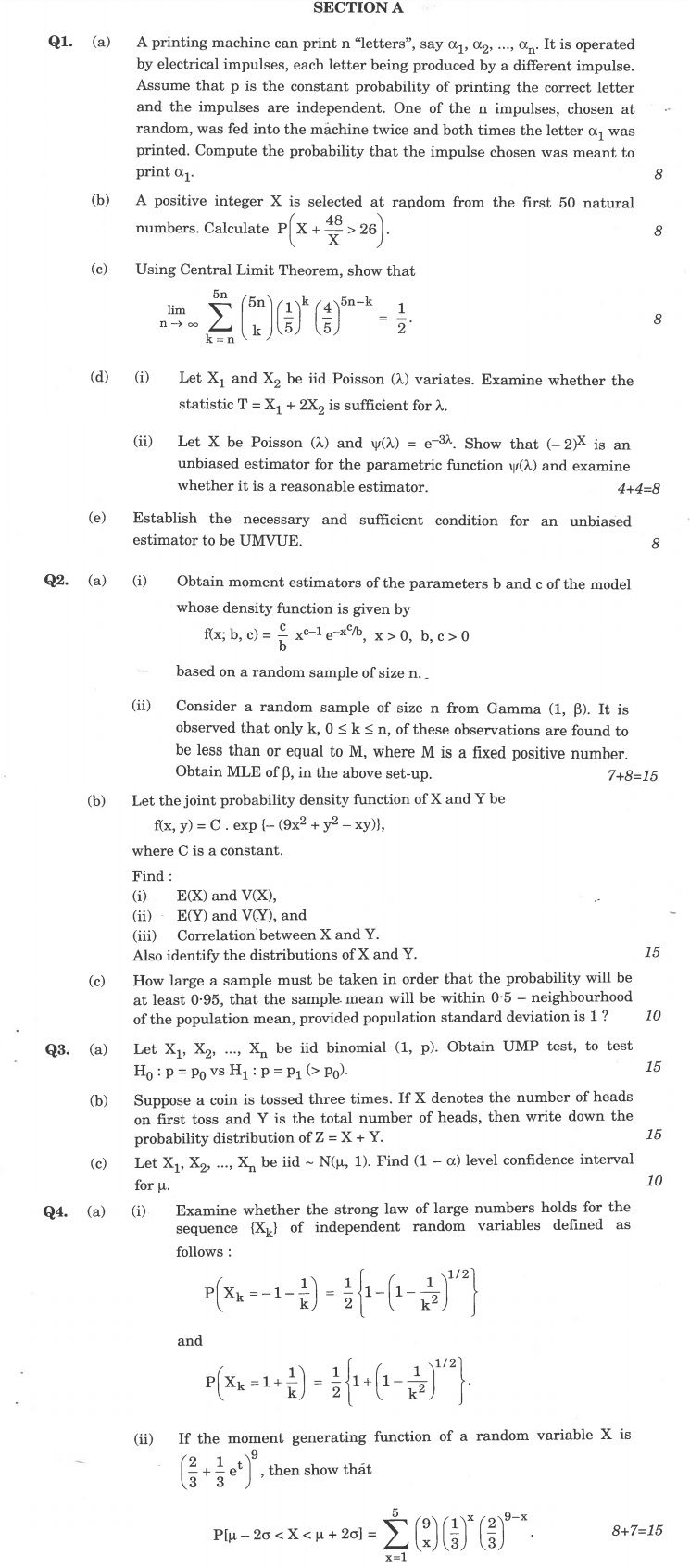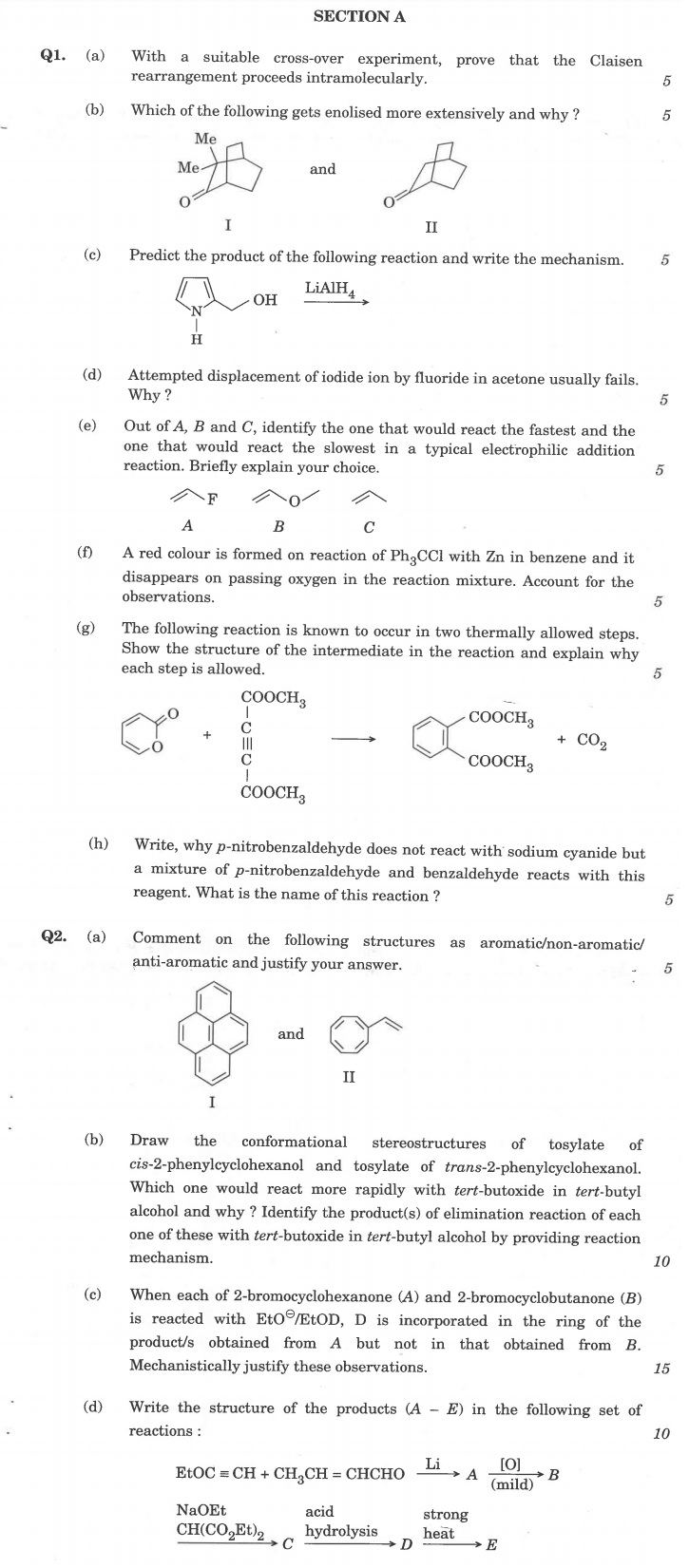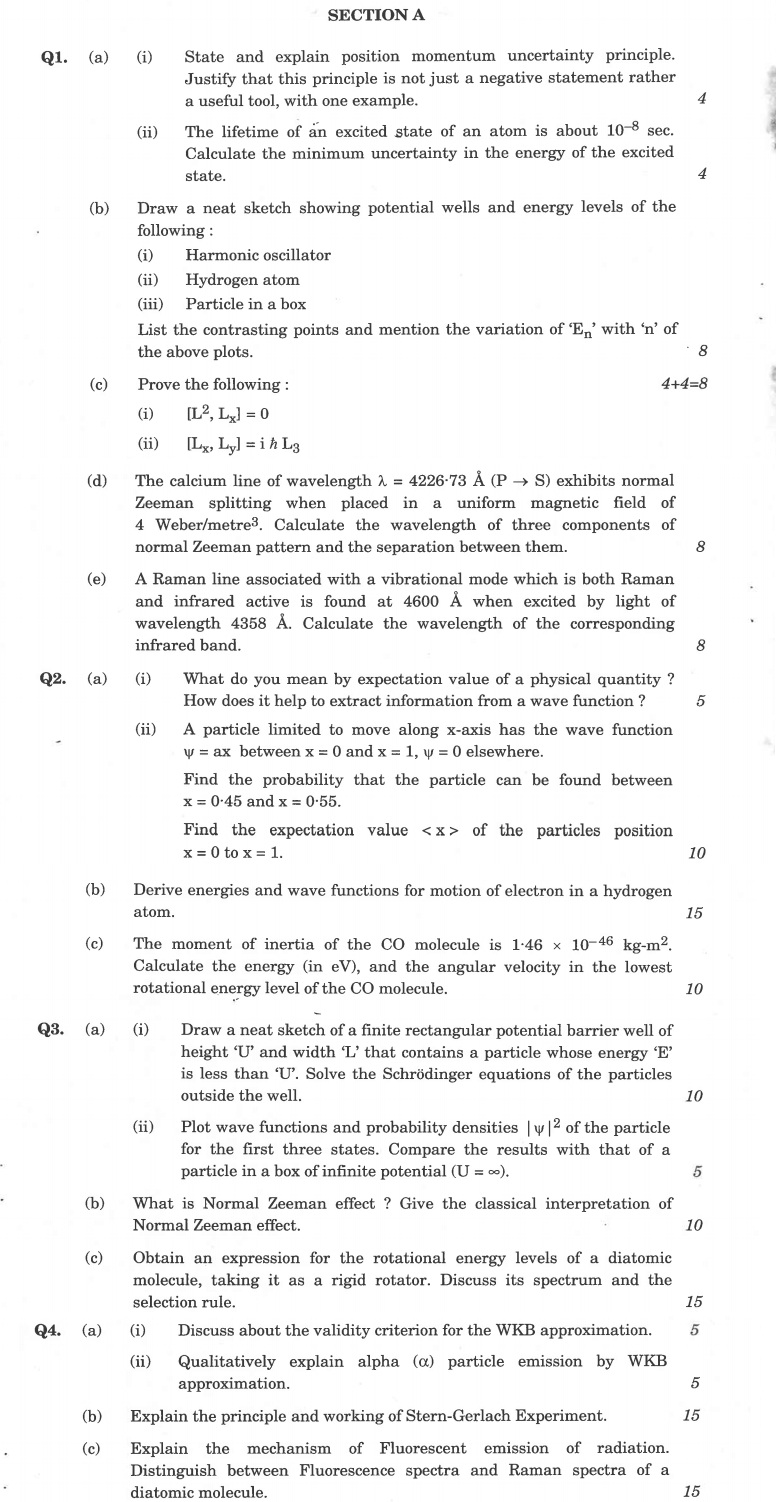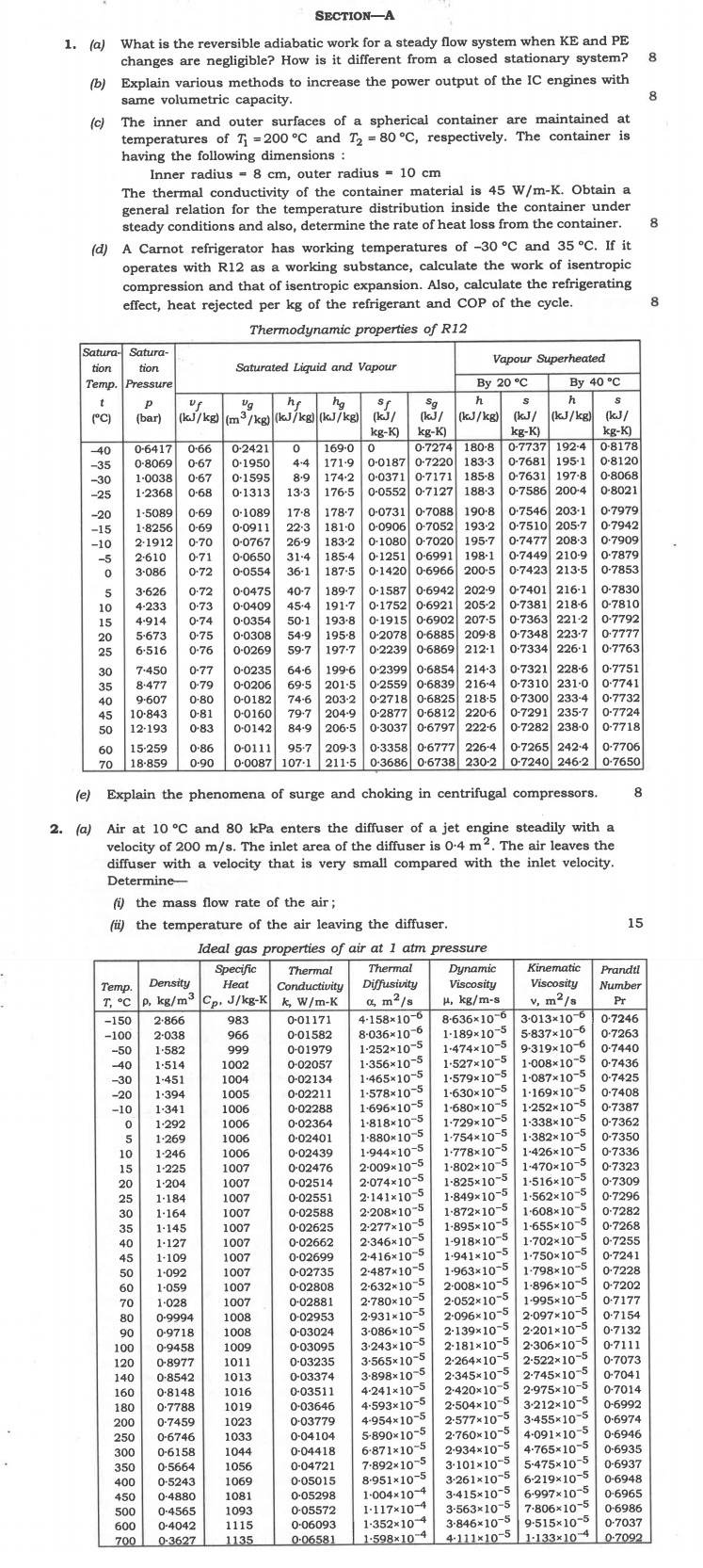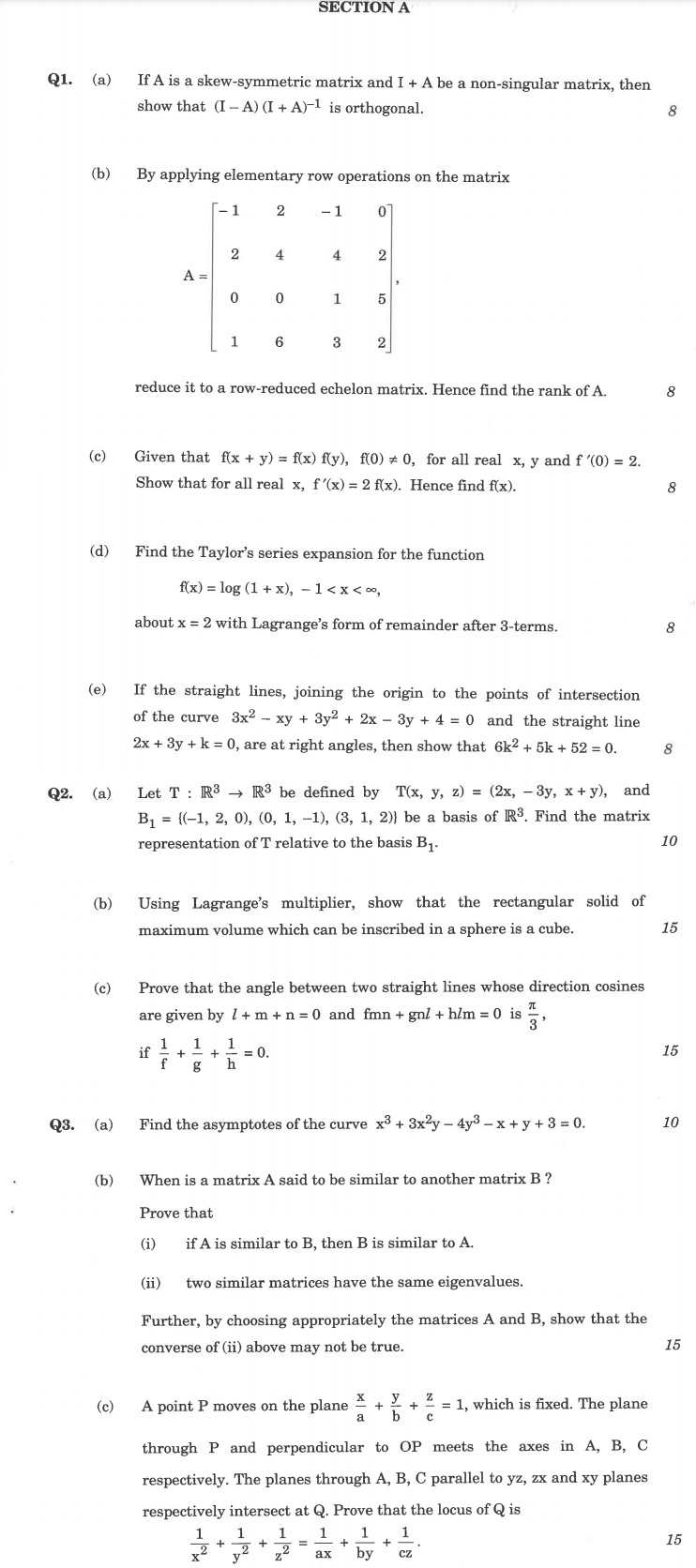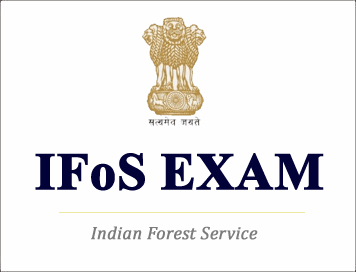
(Download) UPSC IFoS (Main) Exam Paper-2020 "Animal Husbandry and Veterinary Science"- II
Exam Name: IFoS (Main) Exam
Exam Year: 2020
Subject: "Animal Husbandry and Veterinary Science"- II
'SECTION A'
Q1. Write short notes on the following:
(a) Mechanism of renal regulation of acid-base balance
(b) Regional anatomy of ulnar and radial nerves and effects of injury of these nerves
(c) Glomerular Nephritis in dogs
(d) Different classification of zoonoses with example
(e) Black Quarter - etiology, pathogenesis, clinical findings and control
Q2. (a) Discuss about neural and hormonal control of blood pressure and blood volume.
(b) Enlist important meat and milk borne diseases in humans. Write the differential characteristics of food borne diseases caused by Salmonella spp, Clostridium perfringens and Staphylococcus aureus.
(c) Discuss about formation of germinal layers and fetal membranes in mammals.
Q3. (a) What is the Compton metabolic profile test ? Discuss in detail the classification, etiopathogenesis and management of ketosis in a cross-bred cow.
(b) Define muscle tissue. Discuss histological and micro-structural characteristics of various types of muscle tissues and different types of proteins present in muscle fibres.
(c) Discuss the salient features of the following important parasitic zoonoses :
(i) Cryptococcosis
(ii) Toxoplasmosis
(iii) Hydatidosis
(iv) Trichinellosis
(v) Paragonimiasis
Q4. (a) Discuss about etiology, mode of transmission, pathogenesis, diagnosis, treatment and control of Anthrax in domestic animals.
(b) Discuss the characteristics of an ideal antiparasitic drug. Describe the mode of action, anthelmintic spectrum and contraindications of Levamisole.
(c) Discuss the role of Veterinary Public Health in human related functions.
'SECTION B'
Q5. Write short notes on the following:
(a) National Dairy Plan (NDP)
(b) Steps involved in Rabbit fur processing
(c) Platform tests for raw milk
(d) Steps involved in dressing of poultry
(e) Principles of extension education
6. (a) What are the FSSAI standards for cheese ? Discuss the classification of cheese and describe the method of manufacture of Cheddar cheese.
(b) Discuss about the common dairy detergents and dairy sanitizers. Elaborate the cleaning and sanitization protocol for a dairy plant.
(c) Describe the structure of hen's egg with the help of labelled diagram. Discuss about the various proteins present in egg albumen.
Q7. (a) Write down the points to be considered while selecting the site for an abattoir. Elaborate the different types of abattoirs. Discuss the essential components of a modern abattoir.
(b) Discuss the classification and nomenclature of hides/skins. Describe the various methods used for preservation of hides. Elaborate the steps involved in tanning and post-tanning operations.
(c) Discuss the various packaging materials and forms used for market milk.
Q8. (a) Discuss about the quality and safety regulations in India for milk and dairy products.
(b) Discuss in detail about Intermediate Moisture and Shelf-stable meat products. Enlist the classification of sausages and describe the steps involved in preparation of sausage.
(c) Discuss about the various methods and media used to inform and to make aware livestock farmers.




